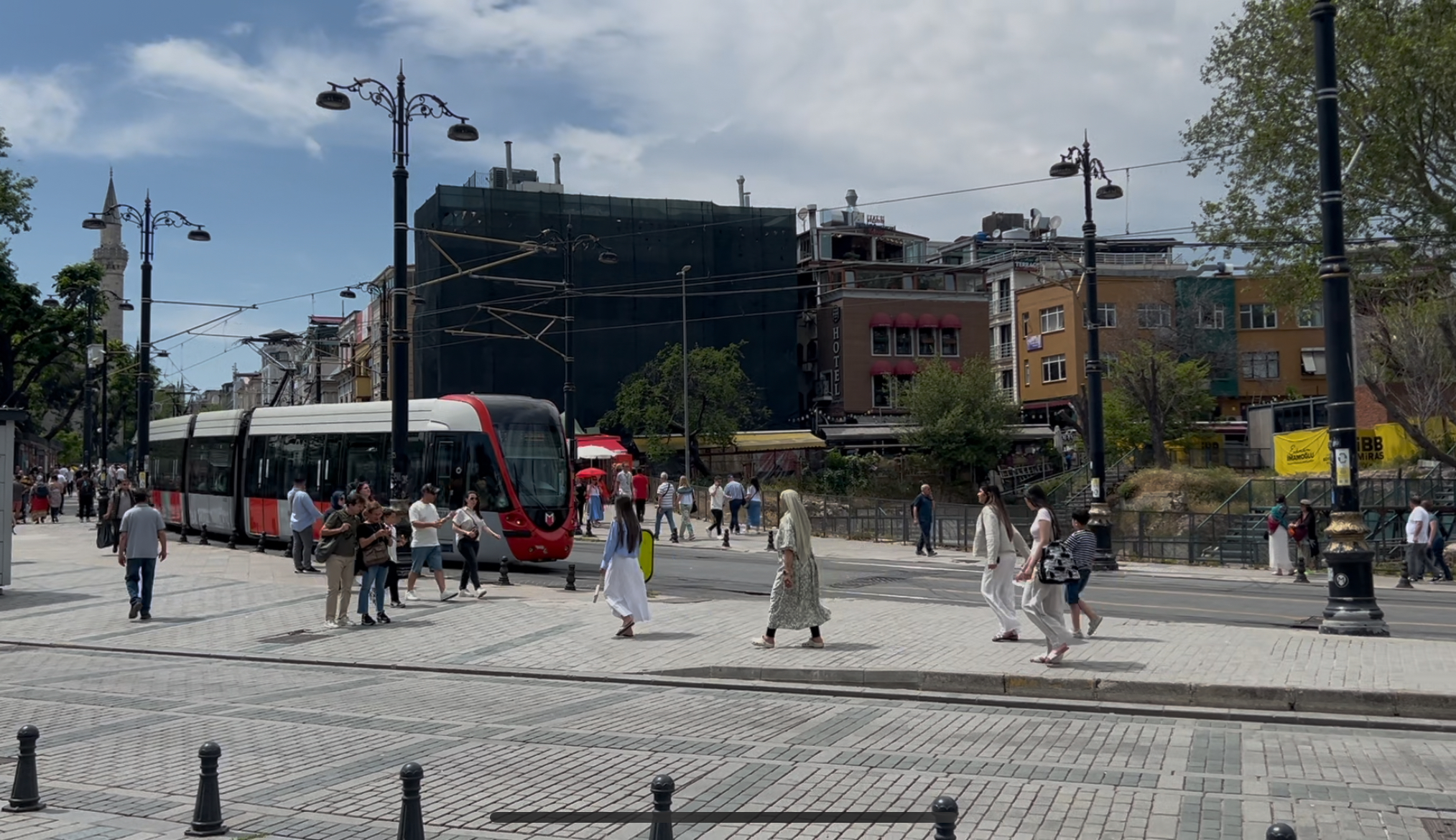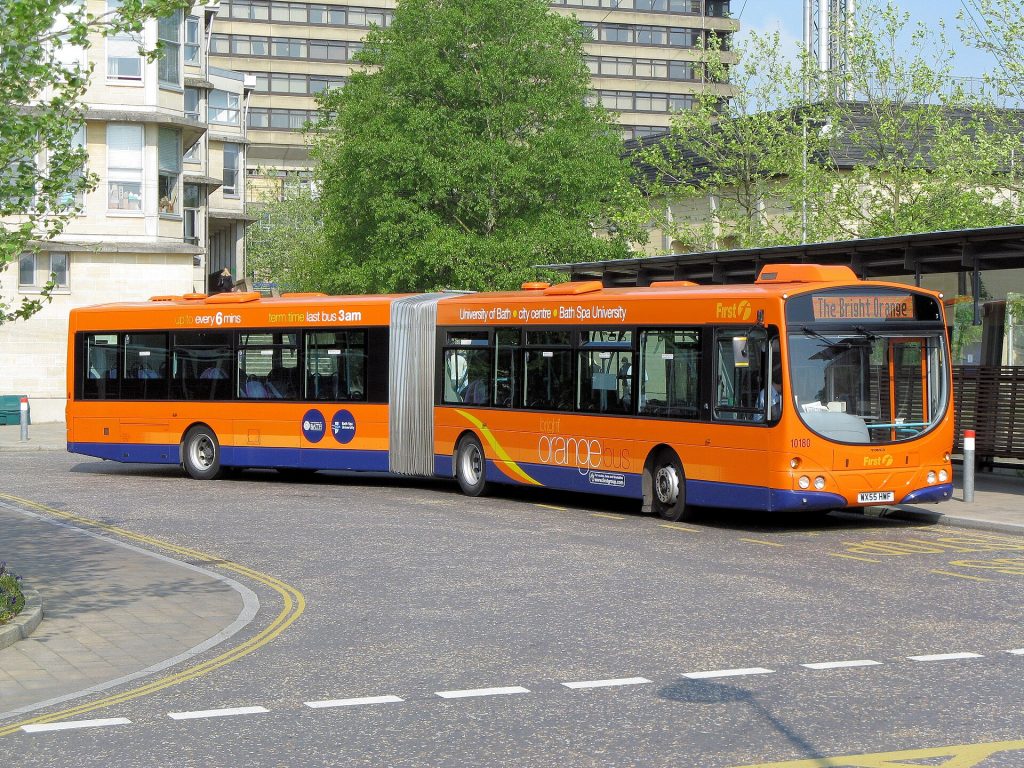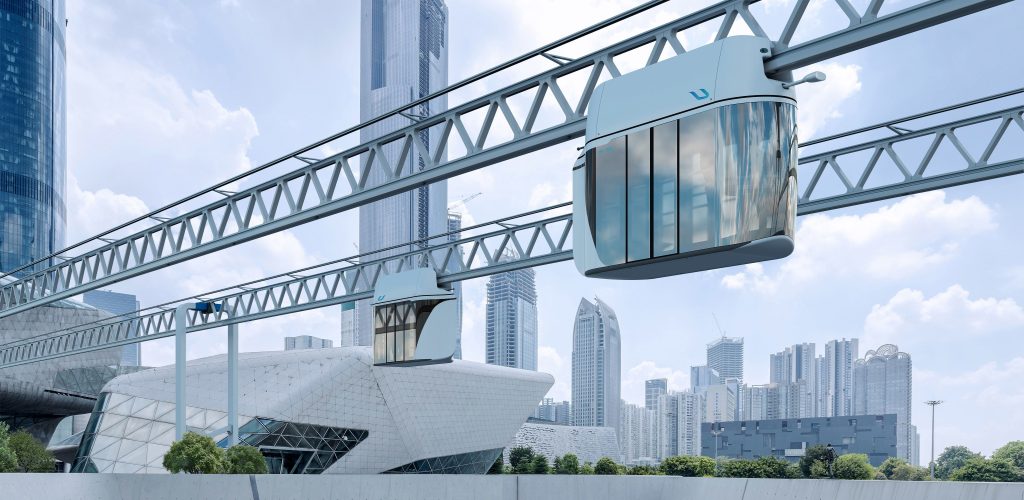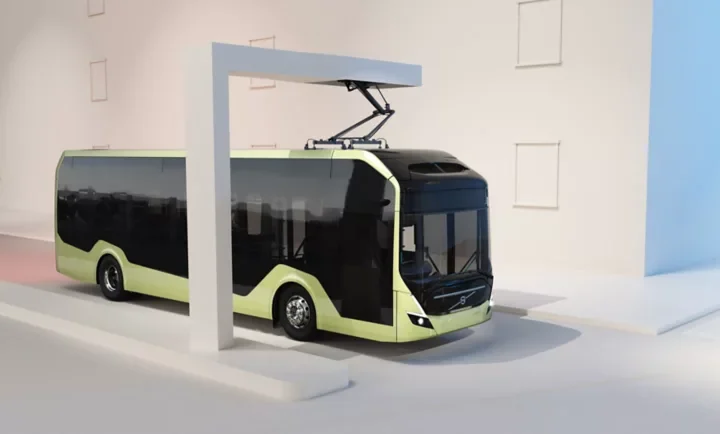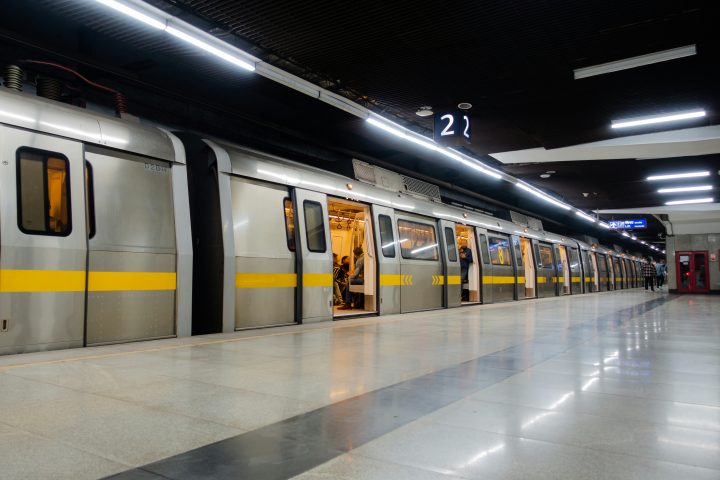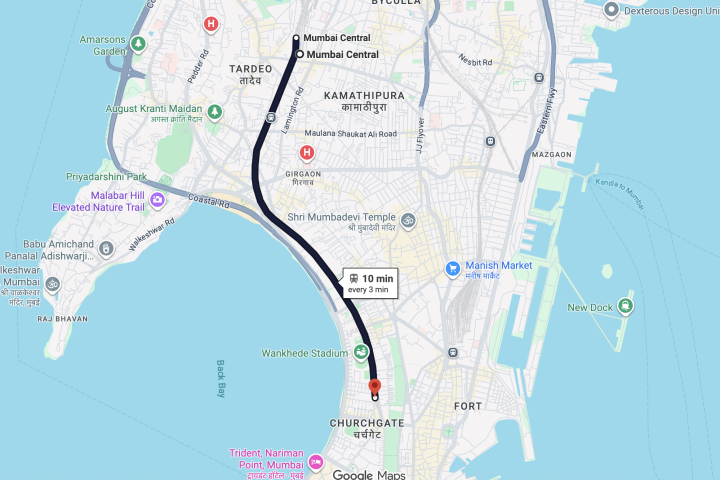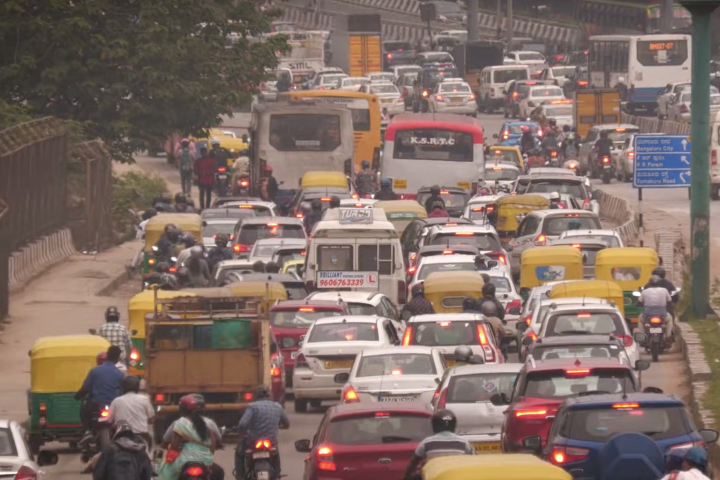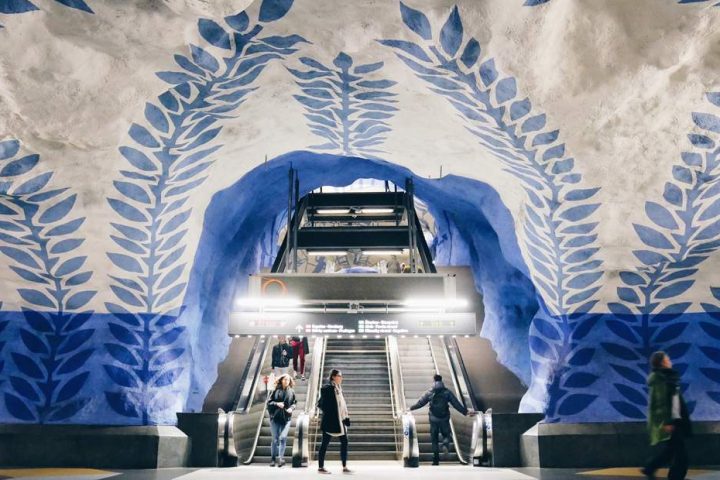I am a big fan of trams, and in my recent trip to Turkey, I got an opportunity to experience Istanbul’s very own tramway system that was brought back in operation in 1992, after having retired it in 1966.
Besides trams, Istanbul has a full metro system, a ferry service linking its Asian and European sides, and a large bus fleet serving its residents’ needs. There are currently five tram lines, T1 through T5, in operation, with T2 and T3 running heritage routes.
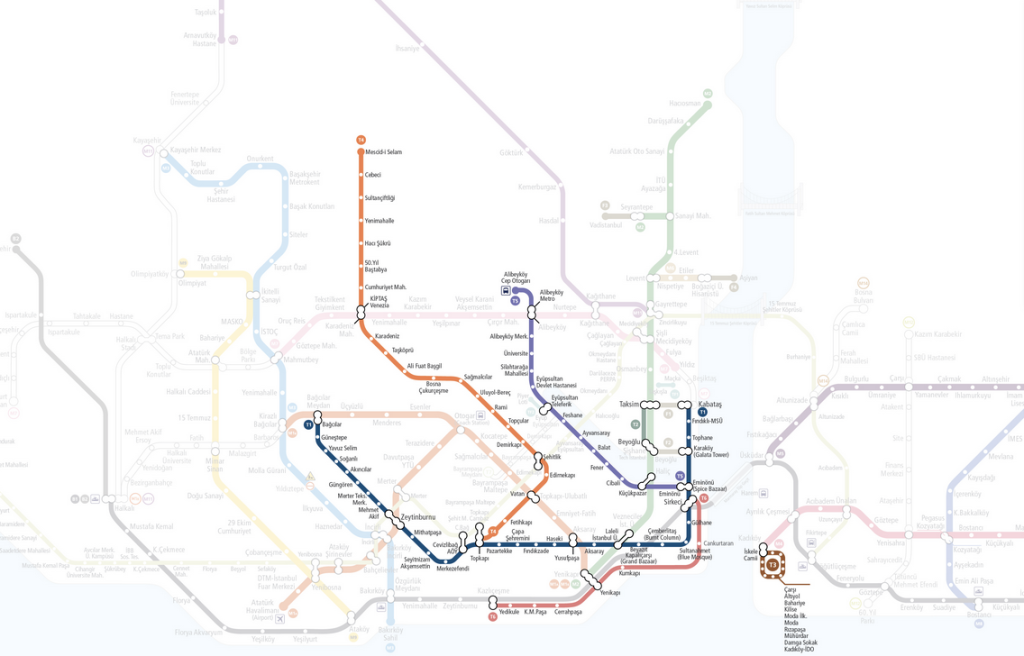
The non-heritage lines use a combination of modern rolling-stocks, while the heritage ones have started using battery powered nostalgic ones, from 2024.
The city is broadly split between its older, denser areas with narrow streets, and newer zones with wide avenues and four-lane roads. The older parts of the city witness heavy pedestrian traffic and bustling commercial activity. A tourist hot-spot, these areas feature narrow alleys lined with shops selling a wide variety of goods.
This poses a challenge for planners when introducing a tram line with two parallel tracks in the older parts, whereas the wider roads in the newer areas make it much easier to add such a line. An additional challenge was to enforce discipline, and to curb dishonest behavior among its residents, and its potential passengers.
Given the similarities with Indian cities, the authorities faced the same set of challenges in the early 2000s that we are facing today. Istanbul’s solution to these problems was to operate trams a bit differently than rest of the European cities.
On wider roads, the trams run on a dedicated corridor, similar to a light rail, with both sides fenced off to prevent obstruction from pedestrians and vehicles. But on narrow roads where a dedicated tram corridor isn’t feasible, the streets have been converted to pedestrian-only zones, where trams and people share the space.
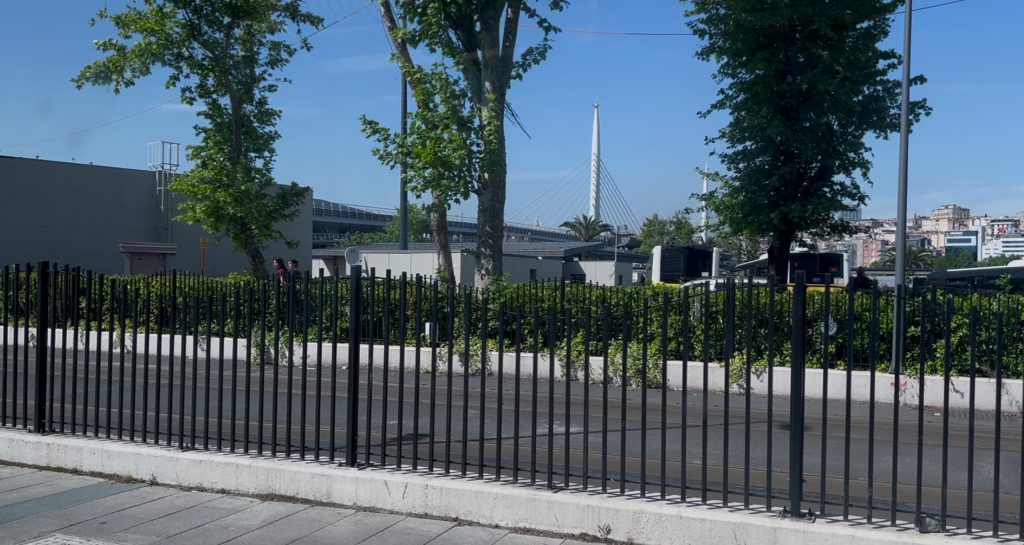
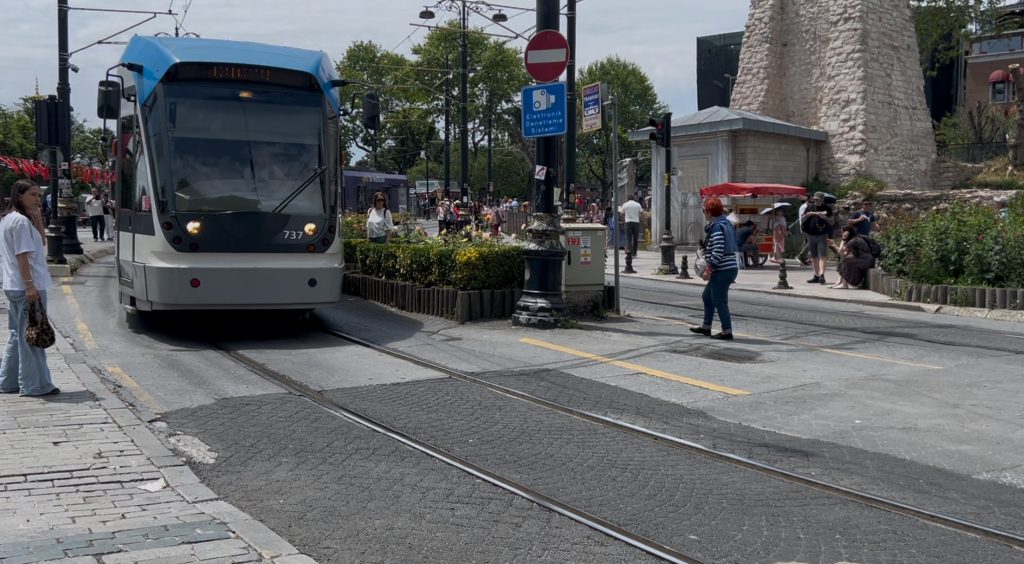
Unlike European systems where anybody can access the platform, the tram stations feature access control gates and have security personnel stationed at the entrance to monitor card swipes.
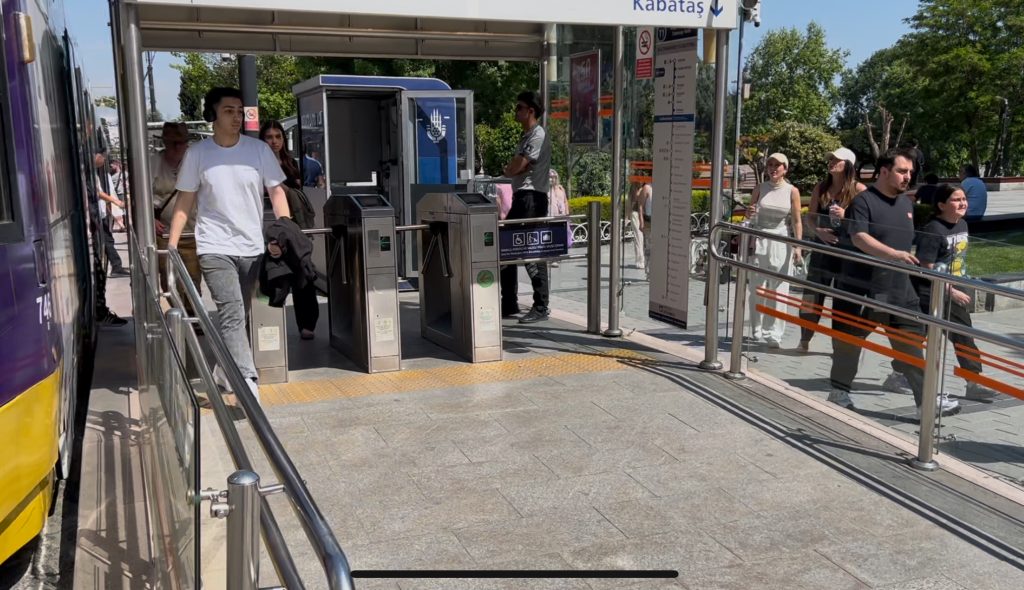
The city has a population of 16 million people, and in 2024, it hosted more than 19 million tourists. Given the size, delivering sufficient capacity to meet the needs of this burgeoning population is essential. So, the trams are longer than usual, with two units coupled together and a single driver at the front of the first coach.
This setup doubles the capacity without increasing the frequency of service. Since some of the routes pass through tourist areas, the additional capacity also helps manage spikes in passenger load during the day.
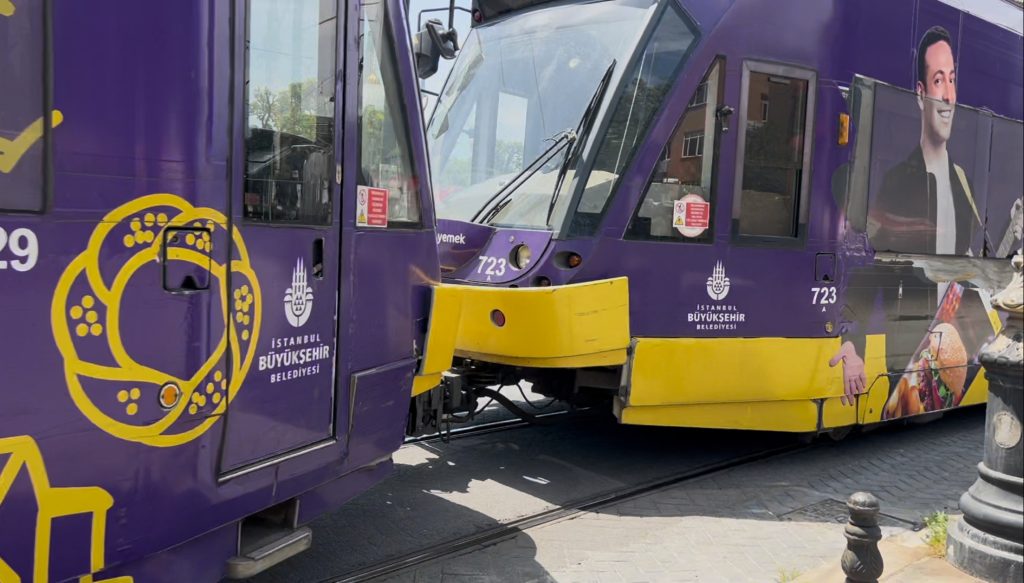
As trams run on fixed iron tracks, it makes their path predictable and allows residents and visitors to navigate around them easily, even on narrow streets.
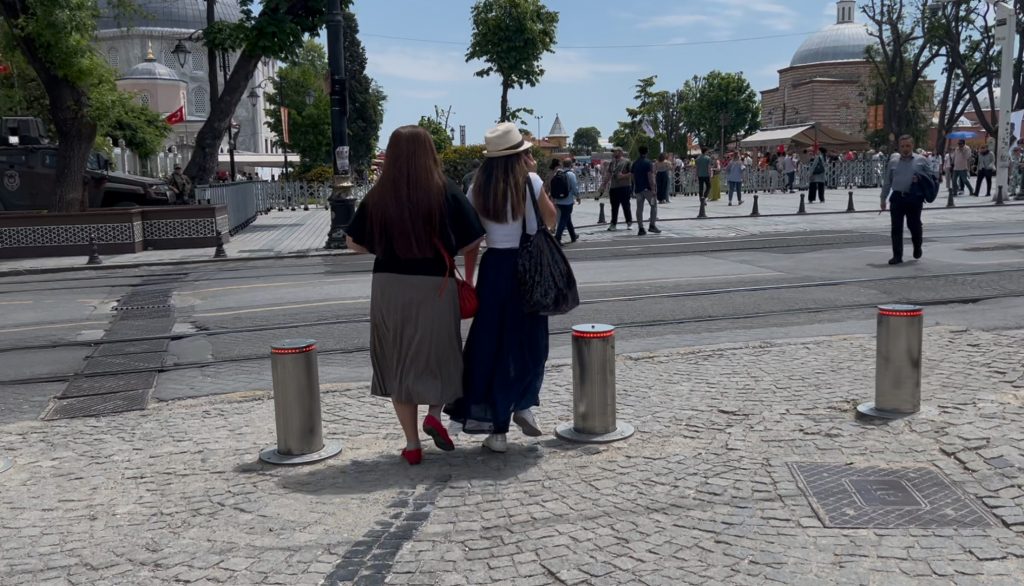
The heritage tram on the European side primarily serves as a tourist attraction, taking you from Taksim Square to Tünel, while the line on the Asian side also functions as a practical transit option with a slightly longer route.
The one on the European side has no intermediate stops and runs along the commercial and shopping street of Istiklal. Its presence enhances the area and adds a charming touch to the historic setting.
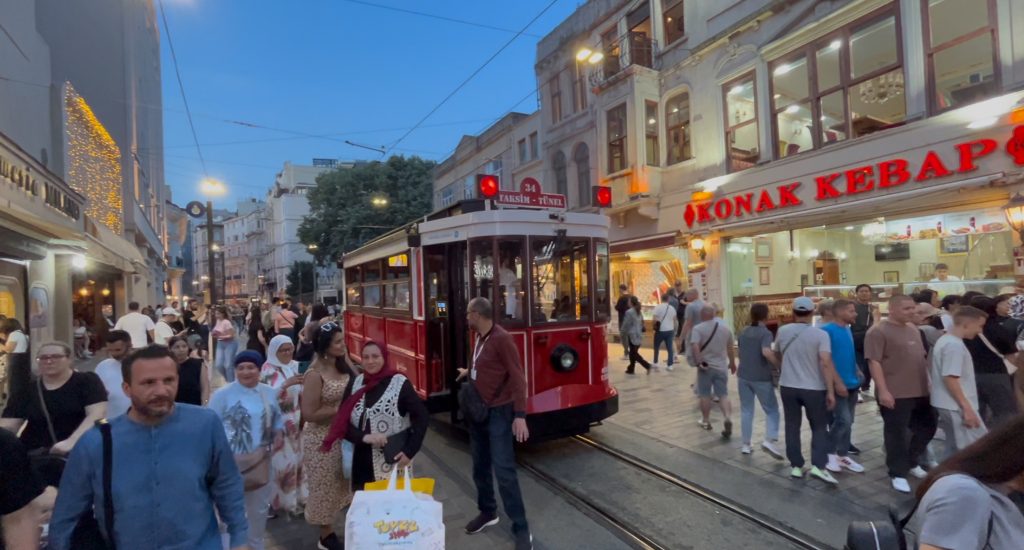
Besides serving as transit options themselves, tram stations are often located to provide seamless connections with other modes of transport. You’ll find them intersecting with Metro stations or terminating at ferry ports.
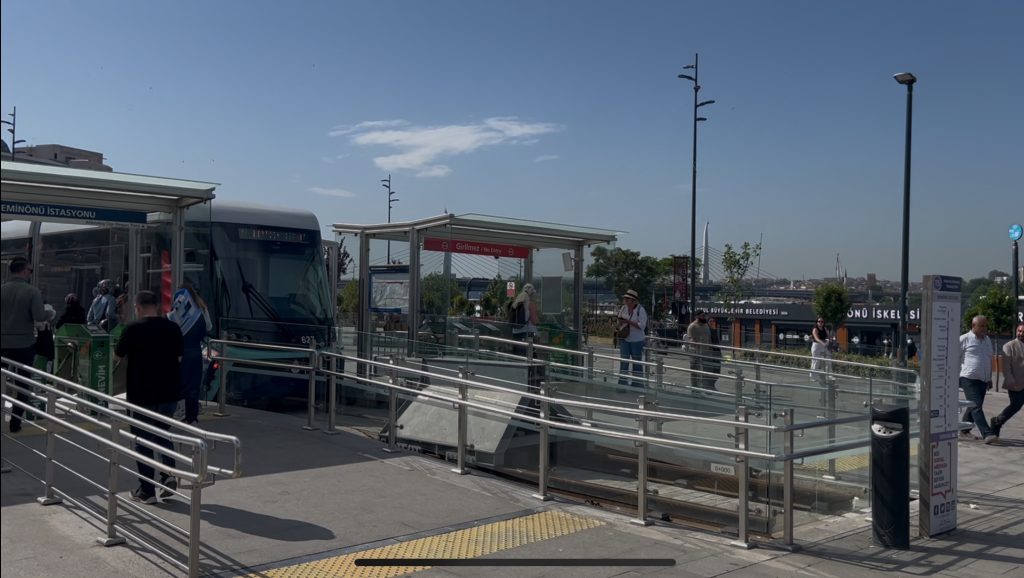
Below is the ridership data published by Metro Istanbul for last year, and as you can see, tram line T1 carried more passengers than most of the Metro lines – and T4 and T5 are not doing bad either.
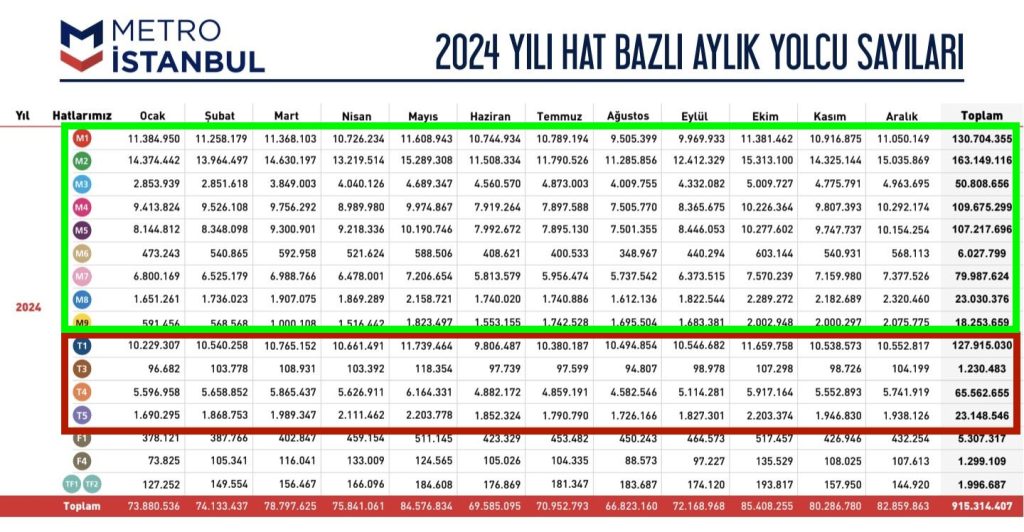
Lessons for India
Pedestrianize core areas
If a tram route passes through dense, pedestrian-heavy areas, those streets can be fully pedestrianized. Allowing private vehicles, including two-wheelers, increases the risk of accidents and slows down tram operations due to congestion. It also reduces noise and the hustle and bustle of the area, creating a calmer and quieter environment for people.
Fenced corridors
Trams should operate on dedicated, fenced corridors across the city, unless they’re on flyovers or highways. Mixed traffic and poor lane discipline make this necessary, while also enabling higher speeds and faster transit times.
Repurpose BRTS
A few Indian cities already operate Bus Rapid Transit Systems (BRTS) with fenced corridors and access-controlled gates. These can be expanded, linked to Metro stations, and even repurposed for trams. Ahmedabad is currently studying the feasibility of a Light Rail System (LRT), and I hope this potential integration is being considered.
Retain Heritage status
Heritage cities such as Kolkata, Chandigarh, Mumbai etc.. are ideal for operating both nostalgic trams catering to tourists, and modern trams for urban transit. Back in 2018, SYSTRA’s comprehensive mobility plan for Chandigarh even suggested trams over Metro to retain its heritage appeal.
Deploy higher capacity trams
Our cities are crowded, and we need longer trams. Budapest is a good example – it recently introduced a nine-coach tram from CAF that can carry 350 passengers. Istanbul increases capacity by coupling tram coaches. Three- or four-coach trams are unlikely to be sufficient for crowded Indian cities.
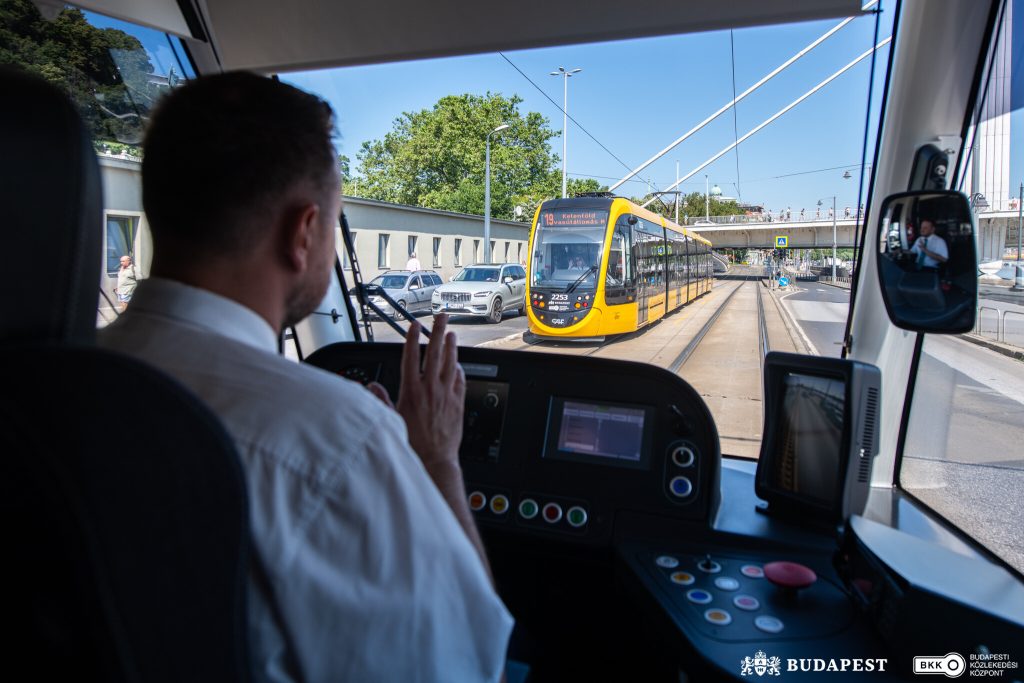
Seamless integration
One of the great advantages of trams is their versatility. They can function as light rail systems connecting distant points or serve as last-mile connectors by integrating with existing Metro stations. By intersecting multiple Metro lines, tram routes allow passengers to switch lines without having to detour through the city center where Metro lines typically converge.
In Conclusion
While some of the solutions I’ve proposed above aren’t ideal, I hope it serves as a workable compromise for both supporters and skeptics of this important transit mode.
Trams have made a comeback in recent decades, and it’s important that we don’t dismiss them simply because our conditions are different. Istanbul has shown us the way.
